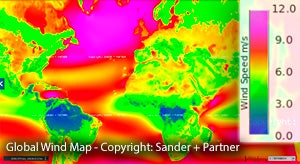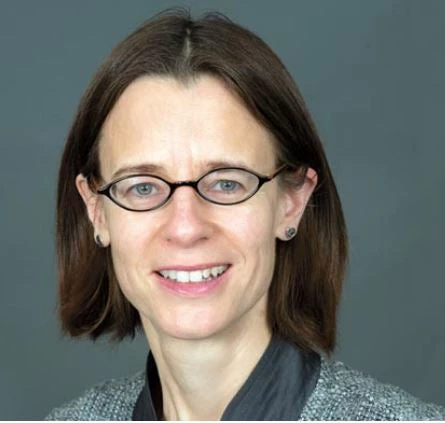 It’s been clear here at the World Energy Summit in Abu Dhabi that the International Renewable Energy Agency, or IRENA, is fast emerging as a leader in forging a more sustainable energy future. With 159 countries—plus the EU— having joined it, a staff of 70 and a $28-million annual budget, IRENA held its third Executive Assembly here, making an impressive show on the sidelines of the summit. One example is its Renewable Energy Roadmap, which attracted lively interest among delegates.
It’s been clear here at the World Energy Summit in Abu Dhabi that the International Renewable Energy Agency, or IRENA, is fast emerging as a leader in forging a more sustainable energy future. With 159 countries—plus the EU— having joined it, a staff of 70 and a $28-million annual budget, IRENA held its third Executive Assembly here, making an impressive show on the sidelines of the summit. One example is its Renewable Energy Roadmap, which attracted lively interest among delegates.
The Roadmap offers a bad news-good news assessment: under a business-as-usual scenario, the renewable share in the global energy mix rises to 21% by 2030, well behind the SE4ALL objective of over 30%. But with focused action, the agency’s Roadmap finds the target is achievable.
What kind of action is needed? One first step is to pinpoint locations with the maximum potential for harnessing renewable energy. To support this, IRENA launched a Global Atlas of Renewable Energy Potential, which is a web-based, interactive catalogue and mapping tool drawing on national, regional and global datasets currently available for wind and solar potential. The web portal will be continuously updated, and expanded over time to cover other renewable energy sources (geothermal, biomass, ocean) as well as more sophisticated tools (economic potential).
Array of tools to map renewable energy
IRENA is also producing Renewables Readiness Assessments—11 of which are ready (See examples: Kiribati, Mozambique, Senegal), and a study on renewable energy costs, based on a robust database of 8,000 existing projects.
This ability to share data on a single platform should help policy makers, while also generating interest among investors, by underlining opportunities of which they would otherwise be unaware. It will also give energy ministry and utility managers analytical tools to make decisions on renewable energy development.
These tools offer room for synergies with other similar efforts, such as that of the World Bank’s Energy Sector Management Assistance Program’s (ESMAP) Renewable Resource Mapping initiative. Its data and results will be fed into the Global Atlas, complementing the existing data for a whole range of countries.
IRENA's current program emphasizes Sub-Saharan Africa and the Small Island Developing States, where renewable energy can contribute to development. Looking ahead, IRENA will need to support expansion of renewables in Asia, where energy demand is rising most rapidly, and where reliance on fossil fuels remains high.
Focus on achieving Sustainable Energy for All goals
 "An important milestone (China's joining IRENA) in international efforts to promote renewable energy." | Adnan Amin, Director General, IRENA
"An important milestone (China's joining IRENA) in international efforts to promote renewable energy." | Adnan Amin, Director General, IRENA
Two days ago, in an encouraging move, China announced that it would join IRENA. “An important milestone in international efforts to promote renewable energy,” said Adnan Amin, IRENA’s Director General. With China joining the agency, IRENA represents over 90% of the world’s population, underlining its new leadership role in the move to achieve the Sustainable Energy for All objectives on universal access to electricity and clean household fuels, doubling renewable energy and doubling the rate of improvement of energy efficiency, all by 2030.


Join the Conversation